Amazing Companion Plants For False Indigo
Amazing Companion Plants for False Indigo
False indigo (Baptisia) is a beautiful and versatile perennial plant that can add a touch of elegance to any garden. With its tall, upright stems and spikes of blue, purple, or white flowers, false indigo is sure to turn heads. But false indigo is more than just a pretty face. It's also a hardy and low-maintenance plant that's easy to care for.
One of the best things about false indigo is that it can be paired with a wide variety of other plants. When choosing companion plants for false indigo, there are a few things to keep in mind. First, consider the size and growth habit of the false indigo plant. False indigo can grow up to 4 feet tall, so you'll want to choose companion plants that won't be overshadowed. Second, think about the bloom time of the false indigo plant. False indigo typically blooms in the spring or early summer, so you'll want to choose companion plants that bloom at the same time or later in the season.
Here are a few of our favorite companion plants for false indigo:
- Asclepias tuberosa (butterfly weed): Butterfly weed is a native North American plant that's known for its nectar-rich flowers, which attract butterflies and other pollinators. Butterfly weed blooms in the summer, so it's a great choice for extending the bloom time of your false indigo planting.
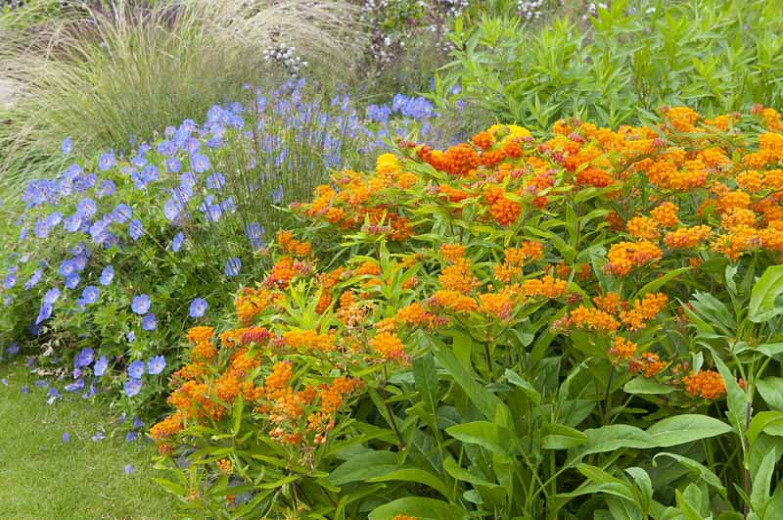
- Echinacea purpurea (purple coneflower): Purple coneflower is another native North American plant that's known for its daisy-like flowers. Purple coneflower blooms in the summer, and it's also a magnet for butterflies and other pollinators.
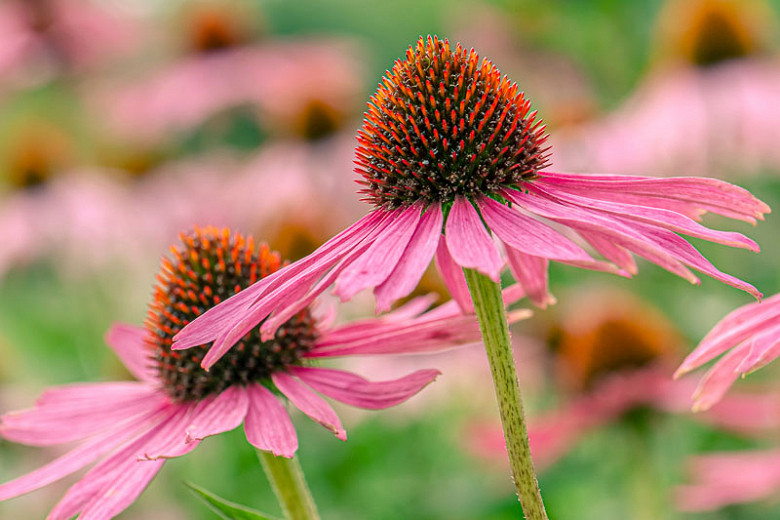
- Eryngium yuccifolium (needlegrass): Needlegrass is a tall, spiky plant that adds a touch of drama to any garden. Needlegrass blooms in the summer, and it's drought-tolerant and low-maintenance.

- Rudbeckia hirta (black-eyed Susan): Black-eyed Susan is a cheerful yellow flower that blooms in the summer. Black-eyed Susan is a native North American plant, and it's easy to grow and care for.
- Solidago speciosa (showy goldenrod): Showy goldenrod is a tall, golden flower that blooms in the fall. Showy goldenrod is a native North American plant, and it's a great choice for adding a touch of autumn color to your garden.
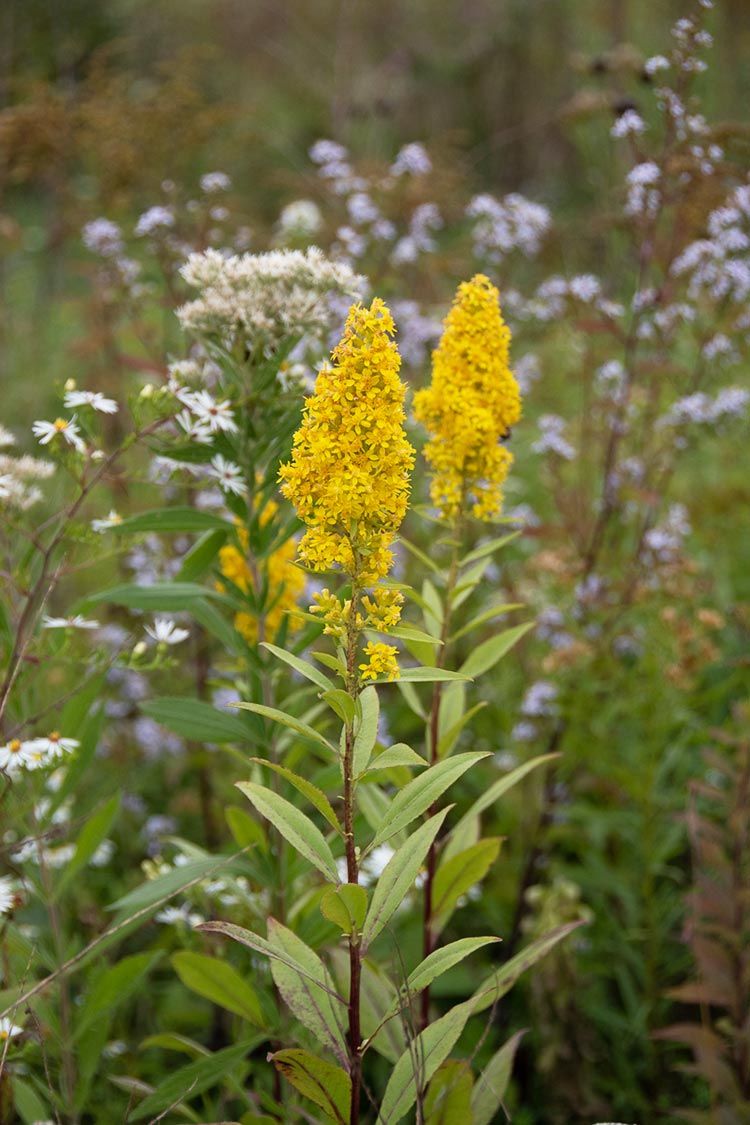
These are just a few of the many companion plants that you can pair with false indigo. When choosing companion plants, be creative and have fun! There are no hard and fast rules, so experiment until you find a combination that you love.
False indigo (Baptisia australis) is a beautiful and easy-care perennial plant that is native to North America. It is known for its tall, upright spikes of blue flowers that bloom in the spring and summer. False indigo is also a good source of nectar for butterflies and other pollinators.
When choosing companion plants for false indigo, it is important to consider the plant's needs for sunlight, water, and soil. False indigo prefers full sun and well-drained soil. It is also drought-tolerant once established. Some good companion plants for false indigo include:
- Other tall, upright plants, such as rudbeckia, coneflower, or black-eyed Susan, which will help to create a vertical focal point in the garden.
- Low-growing groundcovers, such as creeping thyme or sedum, which will help to fill in the space around the false indigo and prevent weeds from taking over.
- Plants with complementary colors, such as goldenrod, sunflowers, or purple coneflower, which will help to create a more visually interesting garden.
For more information about false indigo companion plants, please visit Gardenia Inspiration.
FAQ of false indigo companion plants
- What are some good companion plants for false indigo?
False indigo (Baptisia) is a beautiful and easy-care perennial plant that can be found in a variety of colors, including blue, white, and yellow. It is a nitrogen-fixing plant, which means that it can help to improve the soil quality of your garden. False indigo also attracts pollinators, such as butterflies and bees.
Some good companion plants for false indigo include:
- Coneflowers: Coneflowers are another nitrogen-fixing plant that can help to improve the soil quality of your garden. They also bloom at the same time as false indigo, so they will complement each other nicely.
- Echinacea: Echinacea is another pollinator-friendly plant that blooms at the same time as false indigo. It comes in a variety of colors, so you can choose one that will complement the color of your false indigo plants.
- Rudbeckia: Rudbeckia is a tall, bold flower that blooms in the summer. It comes in a variety of colors, including yellow, orange, and red. Rudbeckia will add some height and interest to your garden, and it will also attract pollinators.
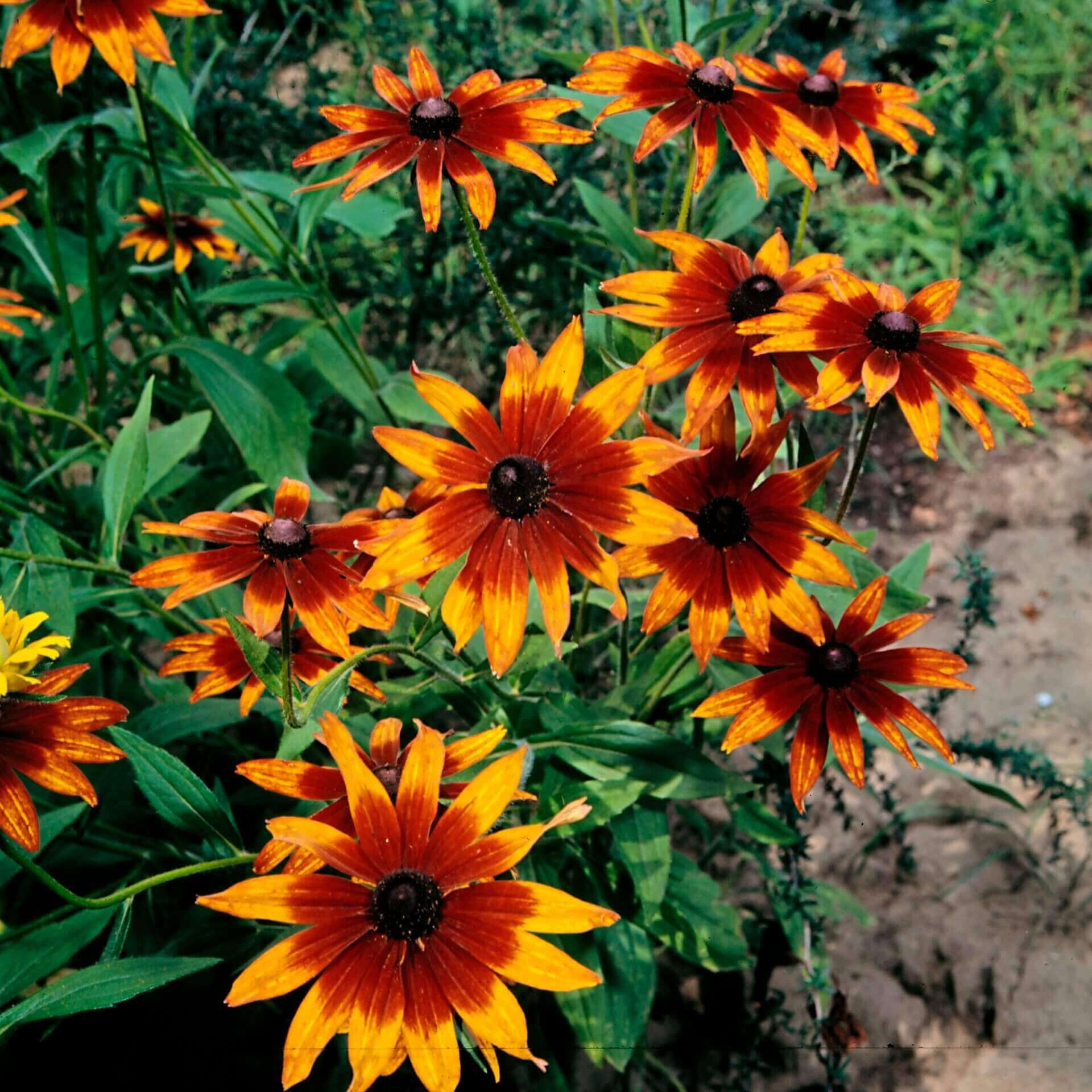
- Asters: Asters are another type of tall, bold flower that blooms in the summer. They come in a variety of colors, including purple, pink, and white. Asters will add some late-season color to your garden, and they will also attract pollinators.
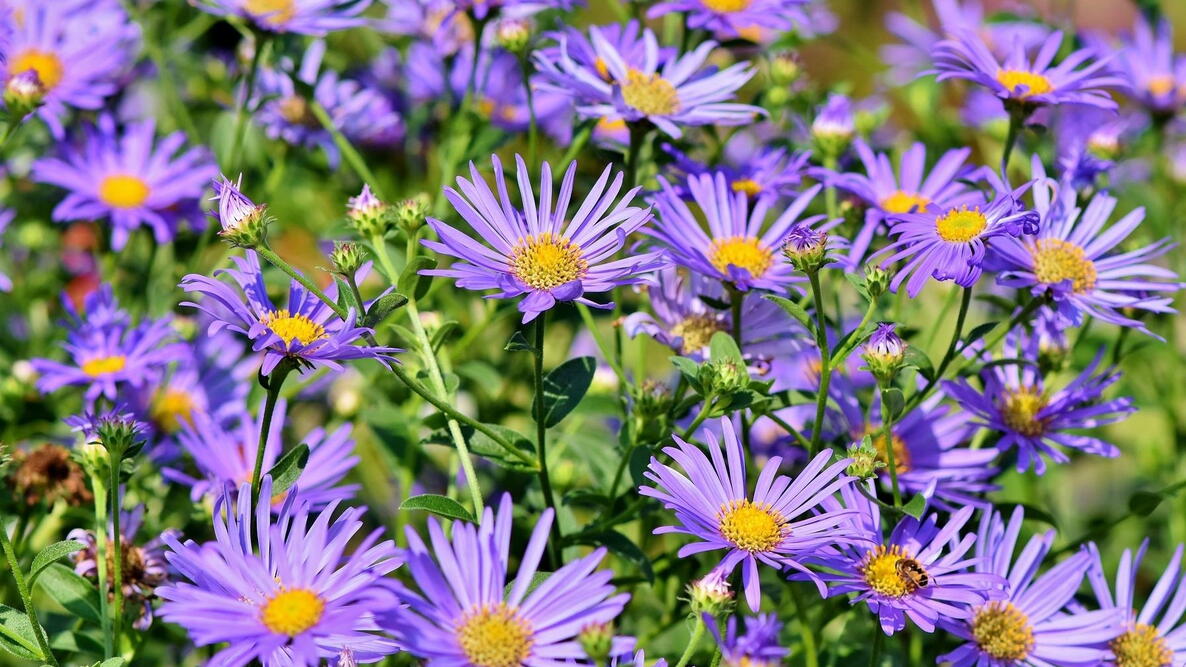
- Black-eyed Susans: Black-eyed Susans are a classic wildflower that blooms in the summer. They are easy to care for and they attract pollinators. Black-eyed Susans will add some sunny color to your garden, and they will also help to suppress weeds.
- How far apart should I plant false indigo?
False indigo plants can grow up to 3 feet tall and wide, so they should be planted at least 3 feet apart. This will give them enough room to grow and spread without crowding each other.
- When should I plant false indigo?
False indigo can be planted in the spring or fall. If you are planting in the spring, wait until the soil has warmed up to at least 60 degrees Fahrenheit. If you are planting in the fall, plant before the first frost.
- How do I care for false indigo?
False indigo is a relatively low-maintenance plant. It needs full sun and well-drained soil. Water it regularly during the first year after planting, but once it is established, it is drought-tolerant. You may need to fertilize it once a year in the spring with a balanced fertilizer.
- How do I propagate false indigo?
False indigo can be propagated by division or by seed. To divide a false indigo plant, dig it up in the spring or fall and carefully separate the roots into two or three sections. Replant each section in its own hole. To propagate false indigo from seed, sow the seeds in the spring in a well-drained seedbed. Keep the soil moist until the seeds germinate.
Image of false indigo companion plants
Here are 5 different images of false indigo companion plants:
- Asclepias tuberosa, also known as butterfly weed, is a tall, nectar-rich plant that attracts butterflies and other pollinators. It blooms in summer with orange or yellow flowers.

- Echinacea purpurea, also known as purple coneflower, is another tall, nectar-rich plant that attracts butterflies and other pollinators. It blooms in summer with purple flowers.
- Eryngium yuccifolium, also known as rattlesnake master, is a spiky, blue-green plant that adds texture and interest to the garden. It blooms in summer with blue flowers.
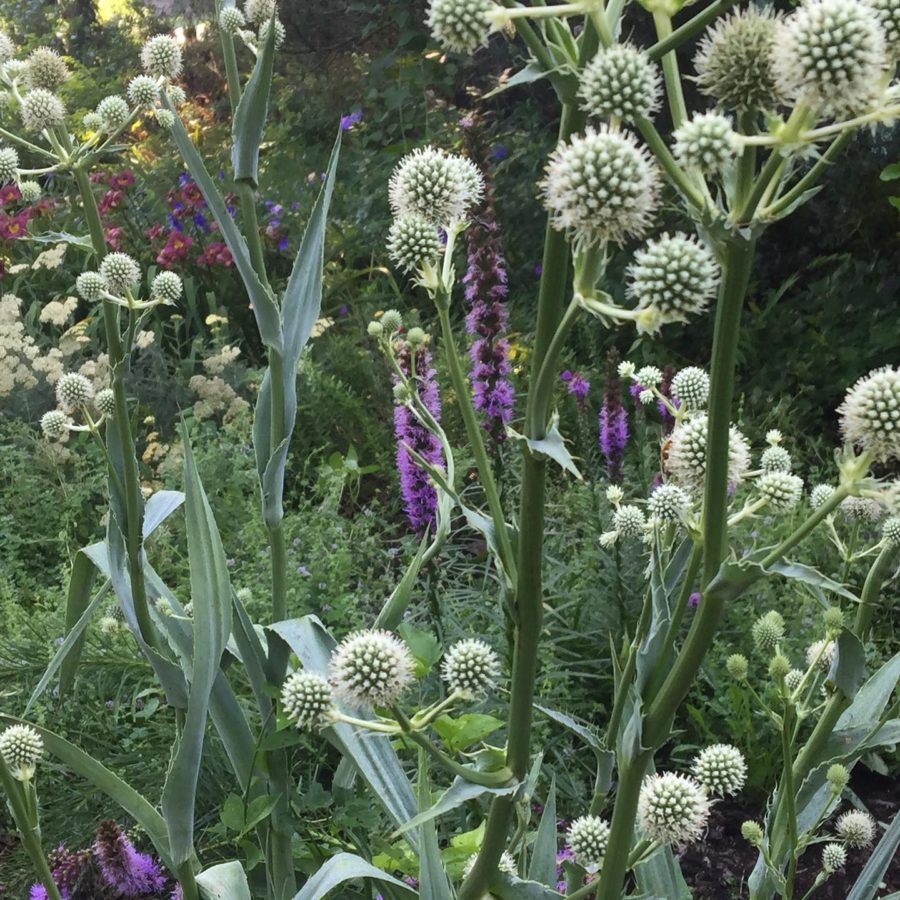
- Rudbeckia hirta, also known as black-eyed Susan, is a low-maintenance, sunny plant that blooms in summer with yellow flowers.
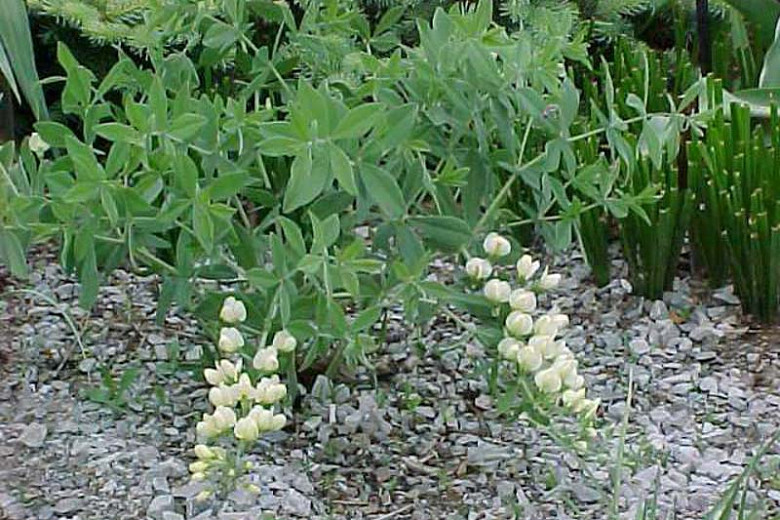
- Solidago speciosa, also known as goldenrod, is a tall, showy plant that blooms in late summer with yellow flowers. It can be invasive in some areas, so it is important to check with your local nursery before planting.
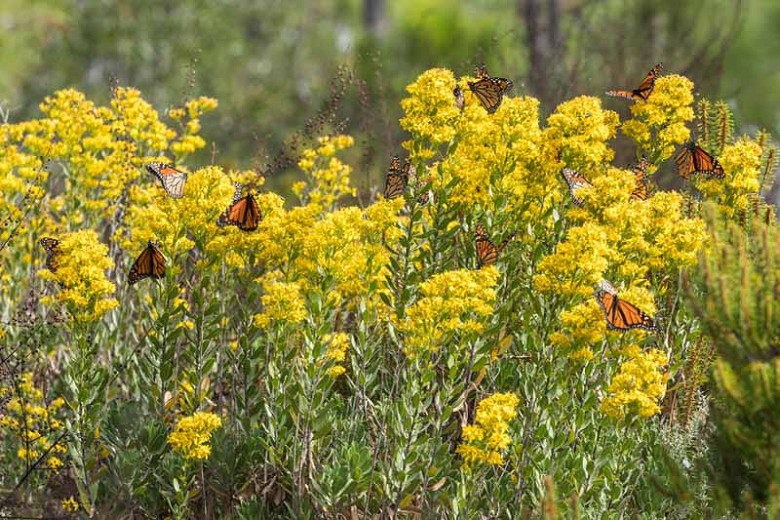

Post a Comment for " Amazing Companion Plants For False Indigo"